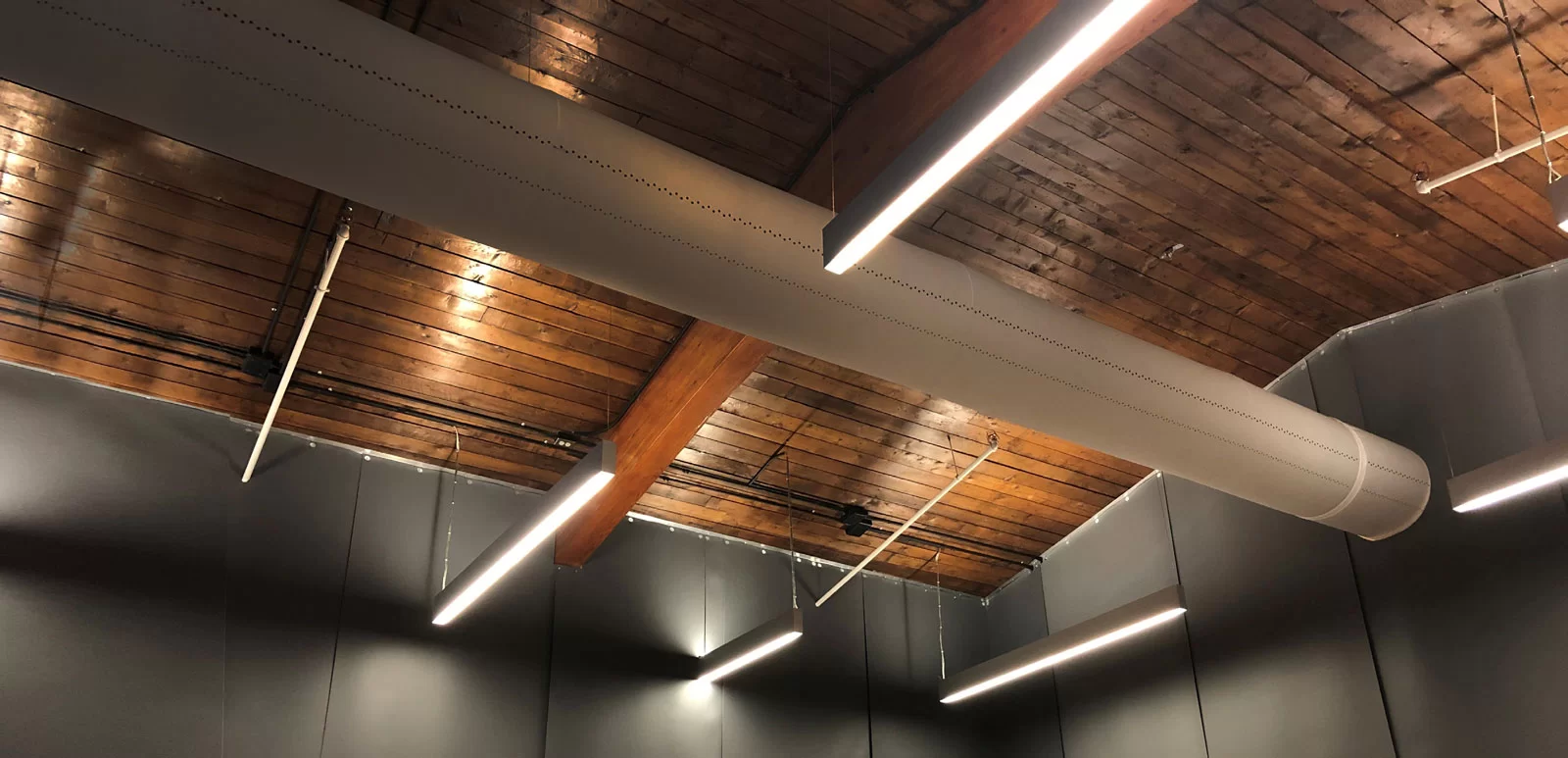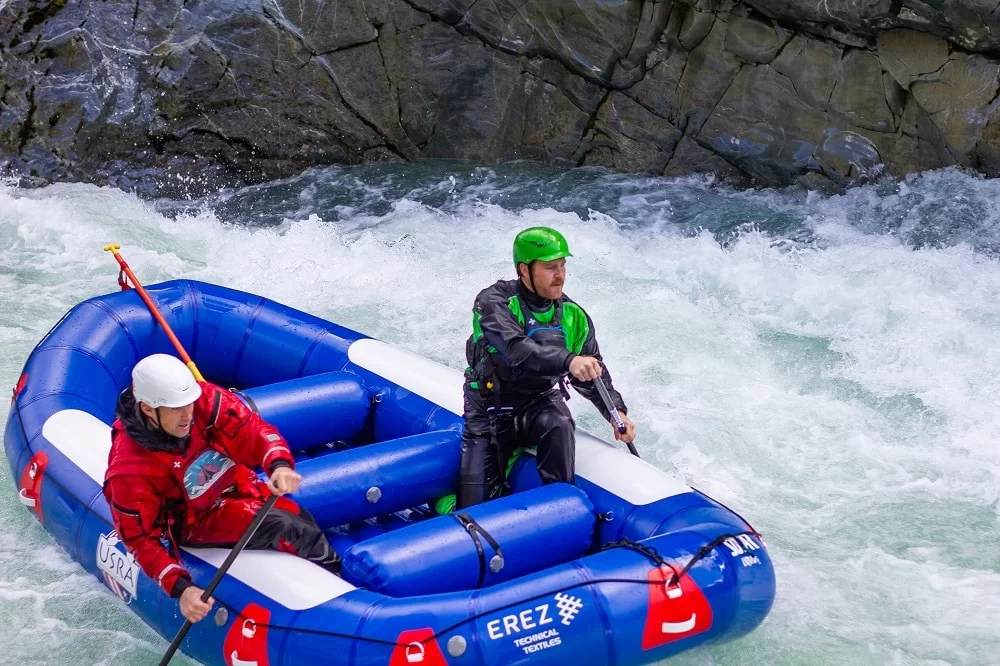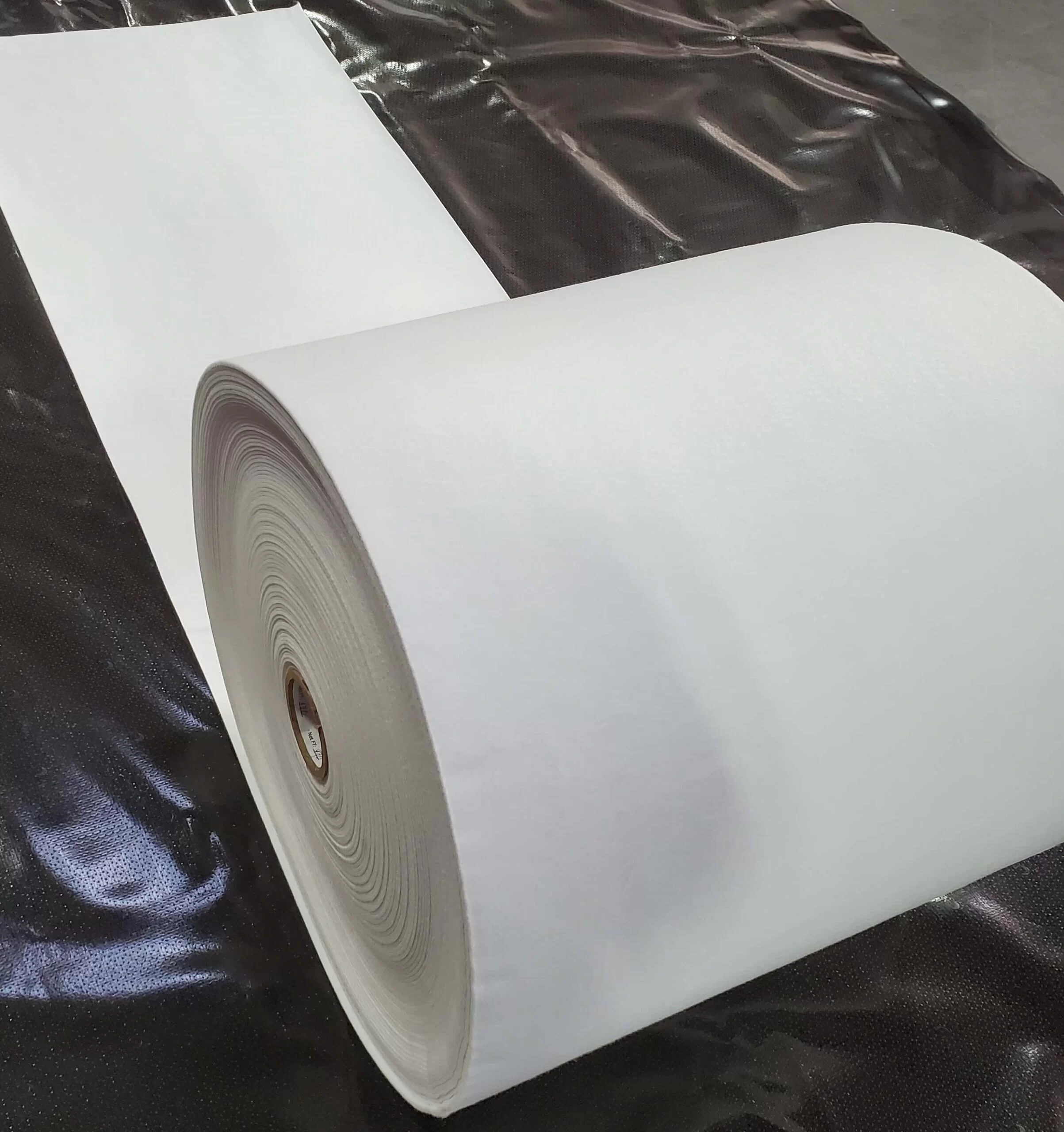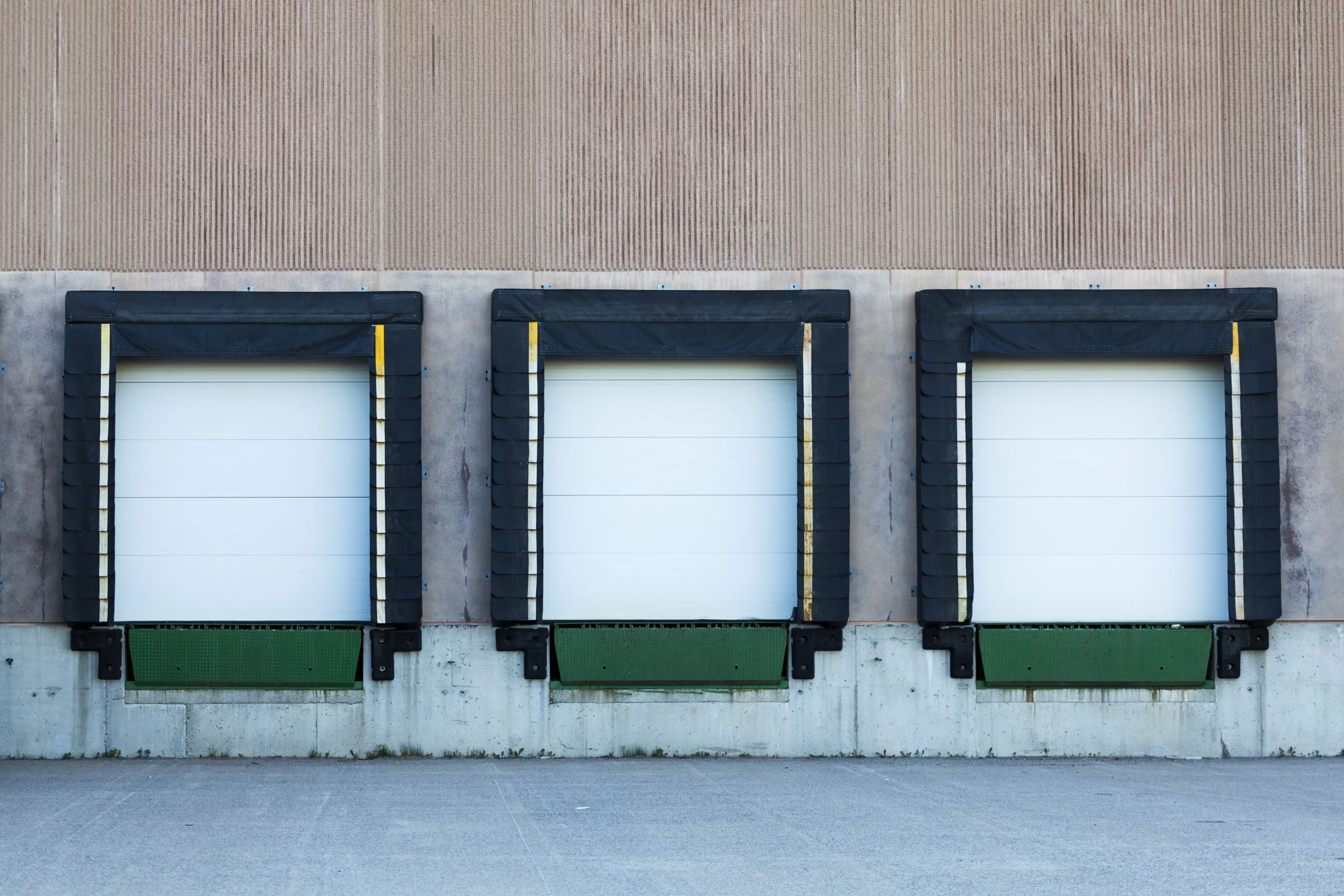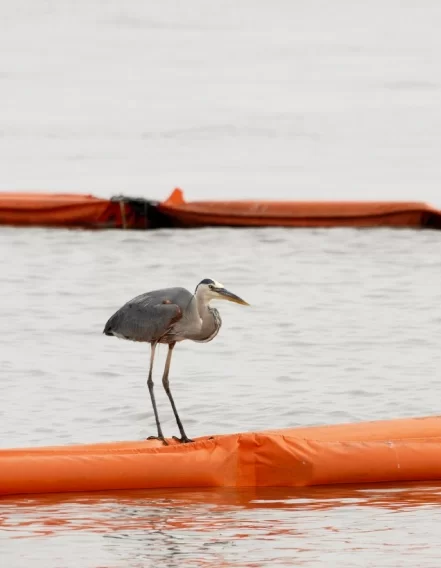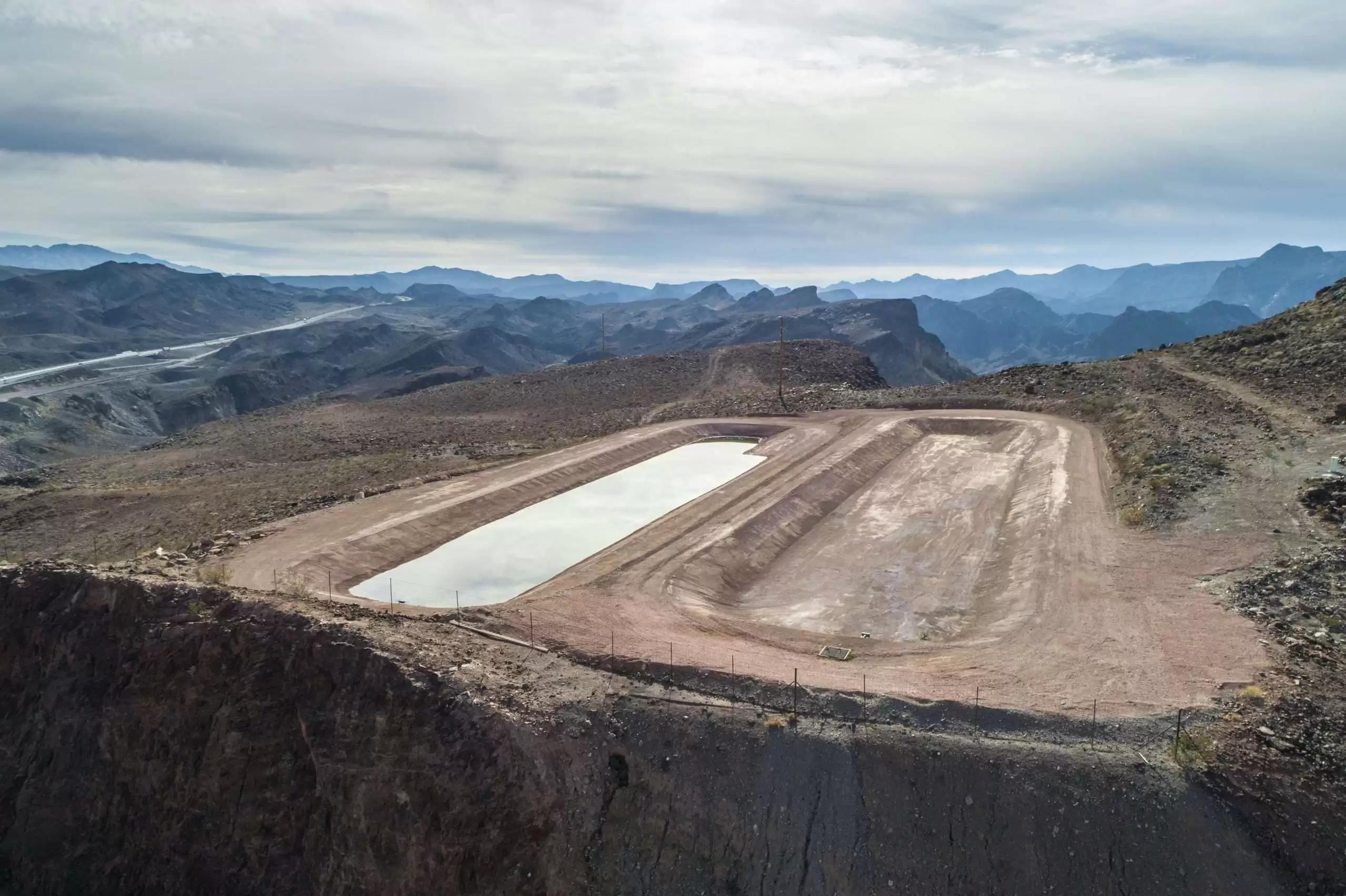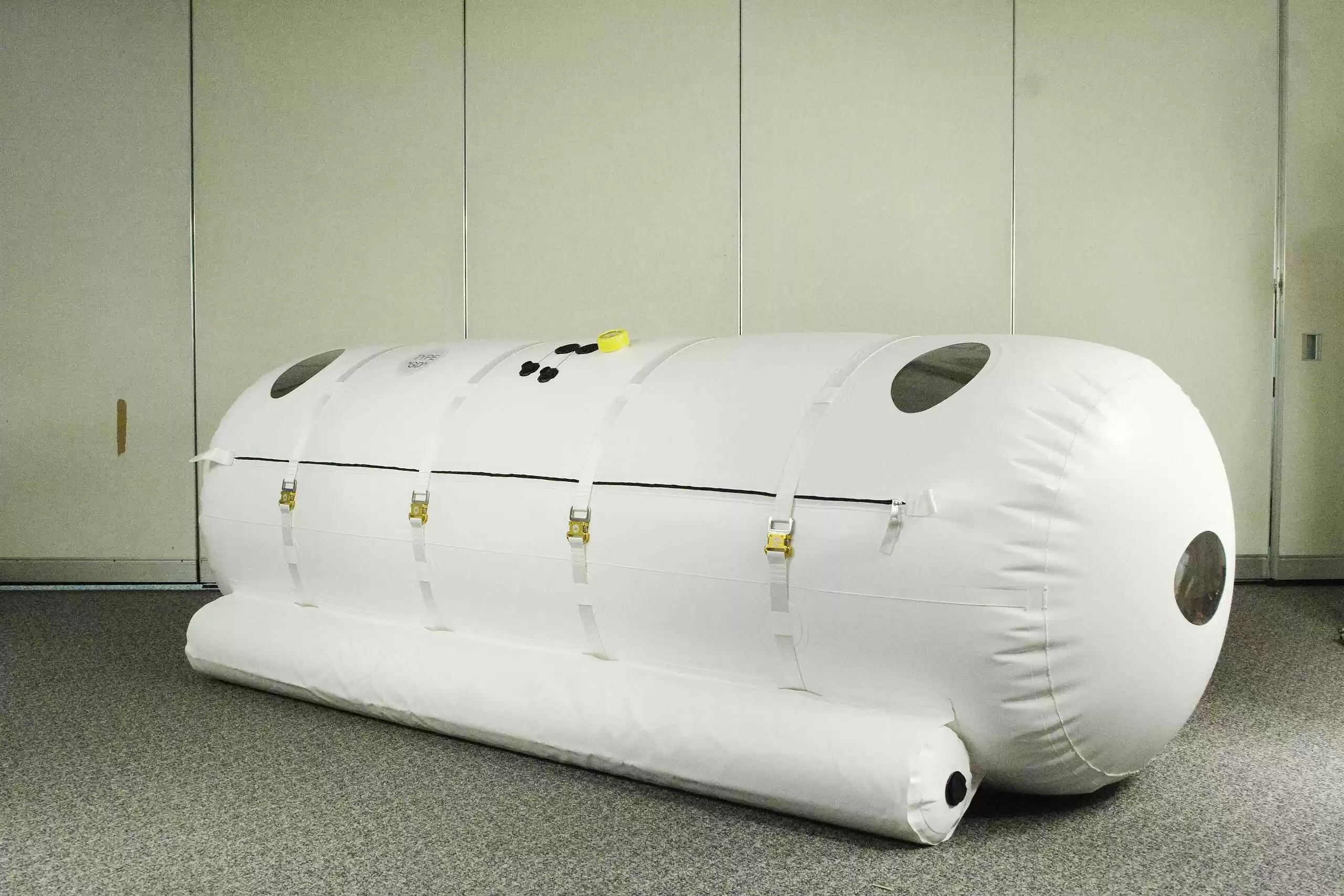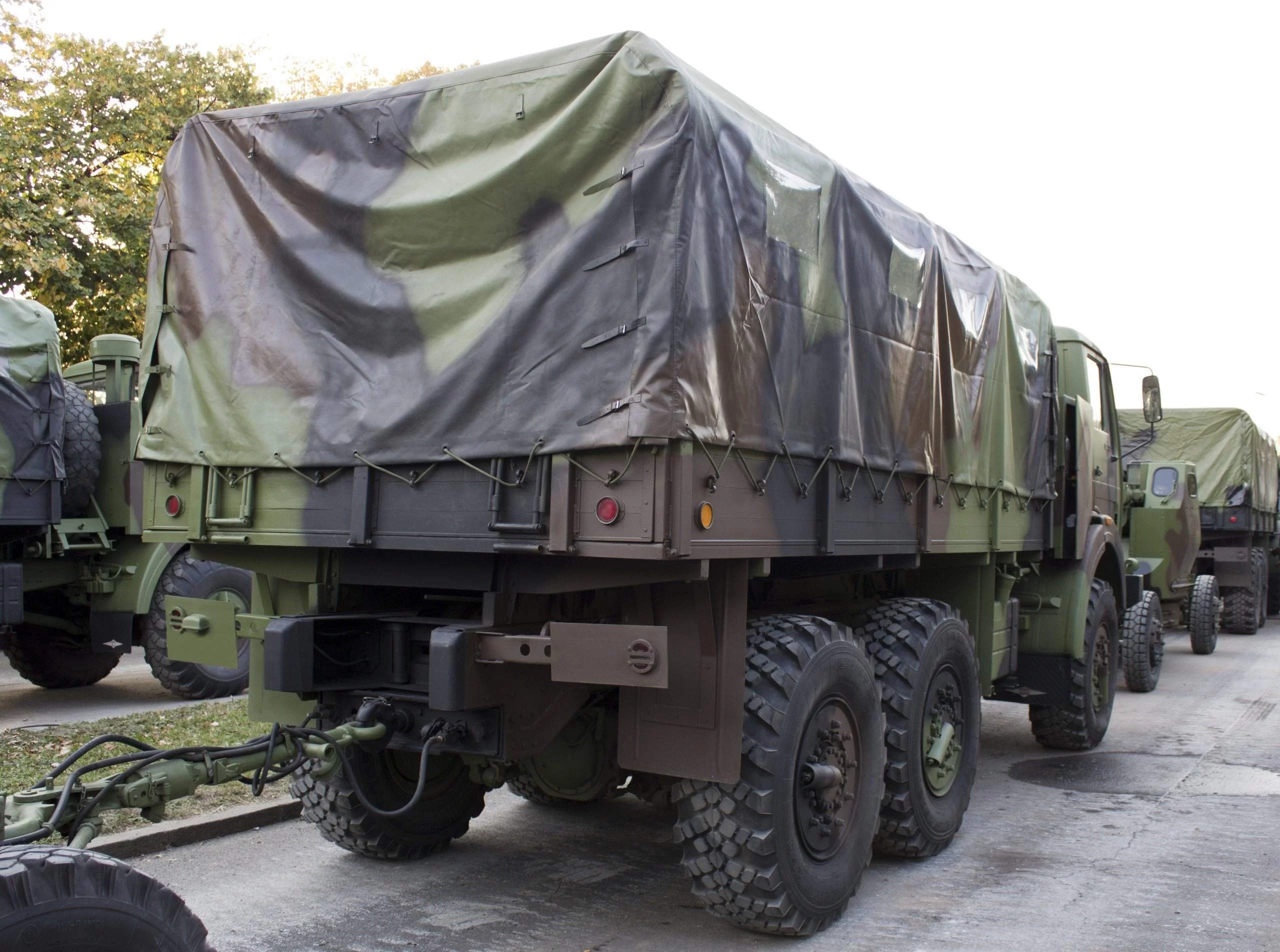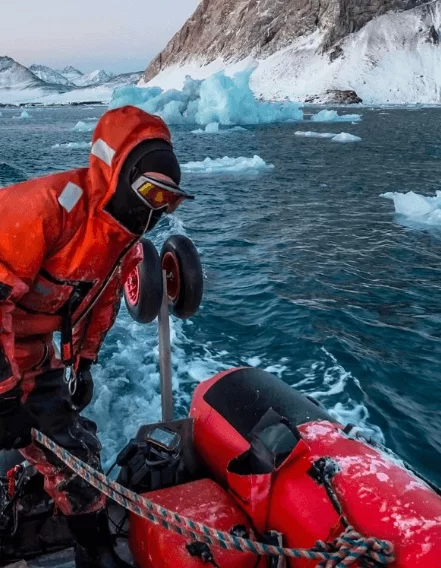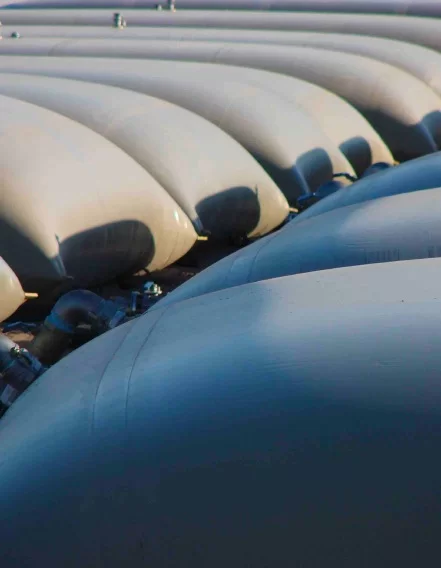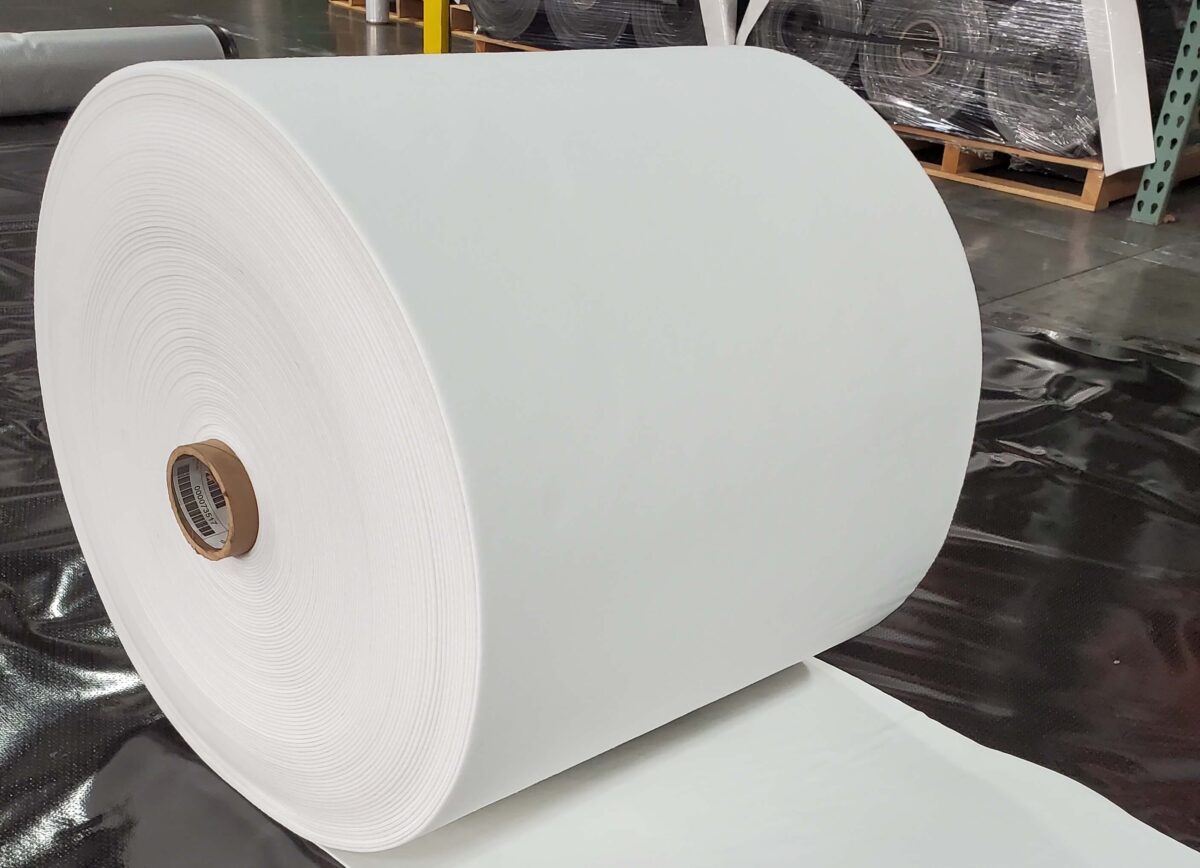The growing urban population and aging infrastructures globally have caused an unprecedented growth for trenchless pipe lining solutions. More urban centers now prefer pipe rehabilitation methods that cause minimum disturbance to the day-to-day activities in the area.
CIPP (Cured in Place Pipe) is the most common no-dig solution currently used in the market and their applications have evolved from laterals and mainlines to other pipelines as well. CIPPs can handle most curves, minimize the loss of pipe bore, and can be typically installed with the least amount of damage to the road and adjoining areas.
The importance of Involving an experienced manufacturer
Successful implementation of a CIPP solution depends on several factors related to the material combination, production environment, and the installation process. Having the right manufacturing partner for your CIPP applications is more important than you think. From selecting the correct raw material for your application, which is often the first step for success, to ensuring the optimum specifications. Involving an experienced manufacturer can help make the job easier and potentially reduce your overall costs.
4 key areas to focus on when selecting CIPP fabric
1- High level of Customization required per application
As a result of many advancements in CIPP solutions, the typical off the shelf solutions have expanded to many custom products, with more expected.. The number of variables are many from curing methods, pipe diameter, outside temperature, area, and the number of bends/curves are some of the main factors that determine the suitable specification for any job. When creating a product, you need to ensure that your selected coated felt supplier can deliver specialized solutions of the optimum thickness, weight, and other properties.
2- Material compatibility requirements per installation procedure
Building on the previous issue, even the installation procedures vary according to the job. Installers usually rely on different resins and curing methods to warrant the best performance of their trenchless pipe lining solution. Before material selection, you need to ensure that it is compatible with both, the installation method and the application requirements. Your manufacturing partner can help you choose the best solution according to your needs.
3- Prevent excessive waste during the fabrication
During CIPP applications you’ll want to prevent excessive waste during the fabrication. As a business, you need to find the perfect balance processing efficiency, performance, and the associated costs. Once again, your material supplier is the perfect entity to help you with this issue.
4 – Take advantage of technological advancements
Historically there have been limited sources for CIPP products. today CIPP installers have the option of direct sourcing from a material manufacturer. Things are different today. Advancements in CIPP technology have simplified many processes. Thanks to the latest automated equipment, many large installers are now capable of fabricating pipe products and are innovating with coated felt manufacturers to maximize their profitability.
Find the right manufacturing partner for your CIPP applications
The dynamic CIPP market requires you to continue educating yourself with the latest solutions in the market. Things that didn’t even exist on paper a couple of years ago are being implemented in the field today and you need an experienced partner to help you navigate this ever-changing landscape.
E Squared is one of the leading names in the CIPP industry because of its innovative product development process and experienced team. We have been in the industry for the past three decades and have a deep understanding of all of the issues faced by CIPP installers. E Squared prides itself in providing specialized material combinations and having one of the largest varieties of field-tested CIPP solutions in the market.
There are countless benefits of having us as your technical manufacturing partner. From enhancing your understanding of the specific science behind CIPP applications to improving your overall productivity at a lower cost, we promise to do everything to propel your business to the top.

